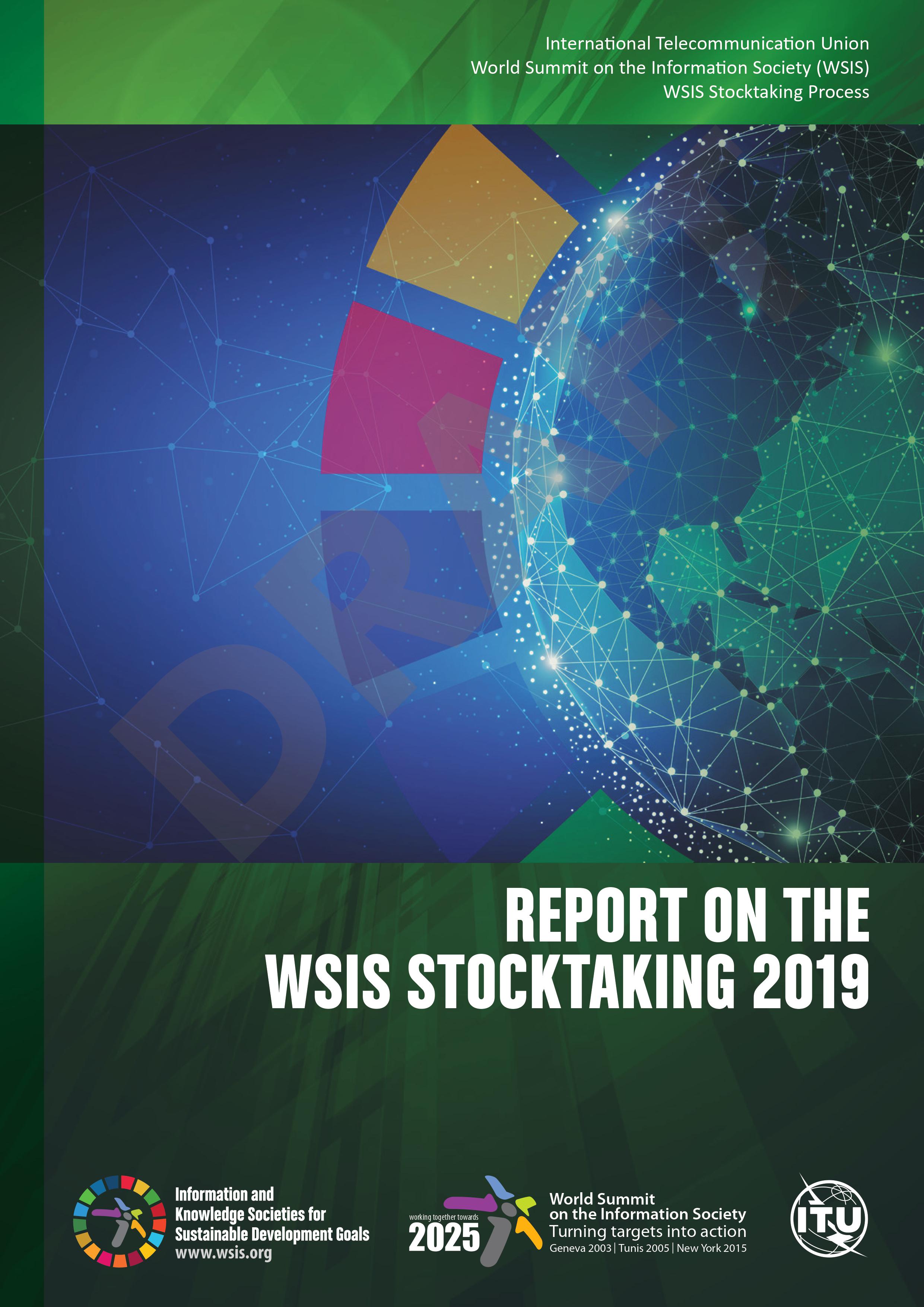

You don’t need a particular monitor to use VSync - it’s designed to work with all kinds of displays. What do I need to enable VSync technology? In some games where higher FPS can lead to reduced input lag, it can also affect your competitive performance. It also tends to harm performance.īy forcing frames to be entirely rendered before being displayed, your FPS can suffer, and at best, your frame rate is limited to the refresh rate of your display. It’s a preventative technology that’s focused on stopping a specific problem rather than making improvements. However, VSync cannot improve your resolution, colors, or brightness levels like HDR. If your monitor can’t keep up with the FPS of a particular game, then VSync can make a big difference. VSync only helps with screen tearing, and it only really does that by limiting FPS when necessary. Through a combination of double buffering and page flipping, VSync synchronizes the drawing of frames onto the display only when it has finished a refresh cycle, so you shouldn’t ever see tears when VSync is enabled. It does this by preventing the GPU from doing anything to the display memory until the monitor has concluded its current refresh cycle - effectively not feeding it any more information until it’s ready for it. First, it limits the frame rate output by the graphics card to the monitor’s refresh rate (60Hz, unless you have a high-refresh-rate monitor), making it easier to avoid higher FPS than the monitor can handle. VSync does a few things to help alleviate this. When this happens, those lines will quite clearly not line up correctly, which can break immersion and make a beautiful game look rather ugly. It is particularly noticeable during fast-paced games with vertical image elements, such as trees, entrances, or buildings.

Screen tearing can occur at any time, though it is most prevalent during fast motion, particularly when a game runs at a higher frame rate than the monitor can handle or when the frame rate changes dramatically and the monitor can’t keep up. Tearing occurs when the monitor’s refresh rate (how many times it updates per second) is not in sync with the frames per second. That can result in something like the image above, where the display appears split along a line, usually horizontally. First developed by GPU manufacturers, this tech was a way to deal with screen tearing, which is when your screen displays portions of multiple frames in one go. VSync, or vertical sync, is a graphics technology that synchronizes the frame rate of a game with a gaming monitor’s refresh rate. Let’s dig deep into what VSync is and why it matters. But what does it do, and is it still worth using? Despite new options like G-Sync or FreeSync, VSync remains an essential option for many gamers. VSync was the original syncing technology for GPUs, video games, and monitors.


 0 kommentar(er)
0 kommentar(er)
